Home>Renovation & DIY>Tools & Equipment>How To Screw In A Screw Without A Screwdriver
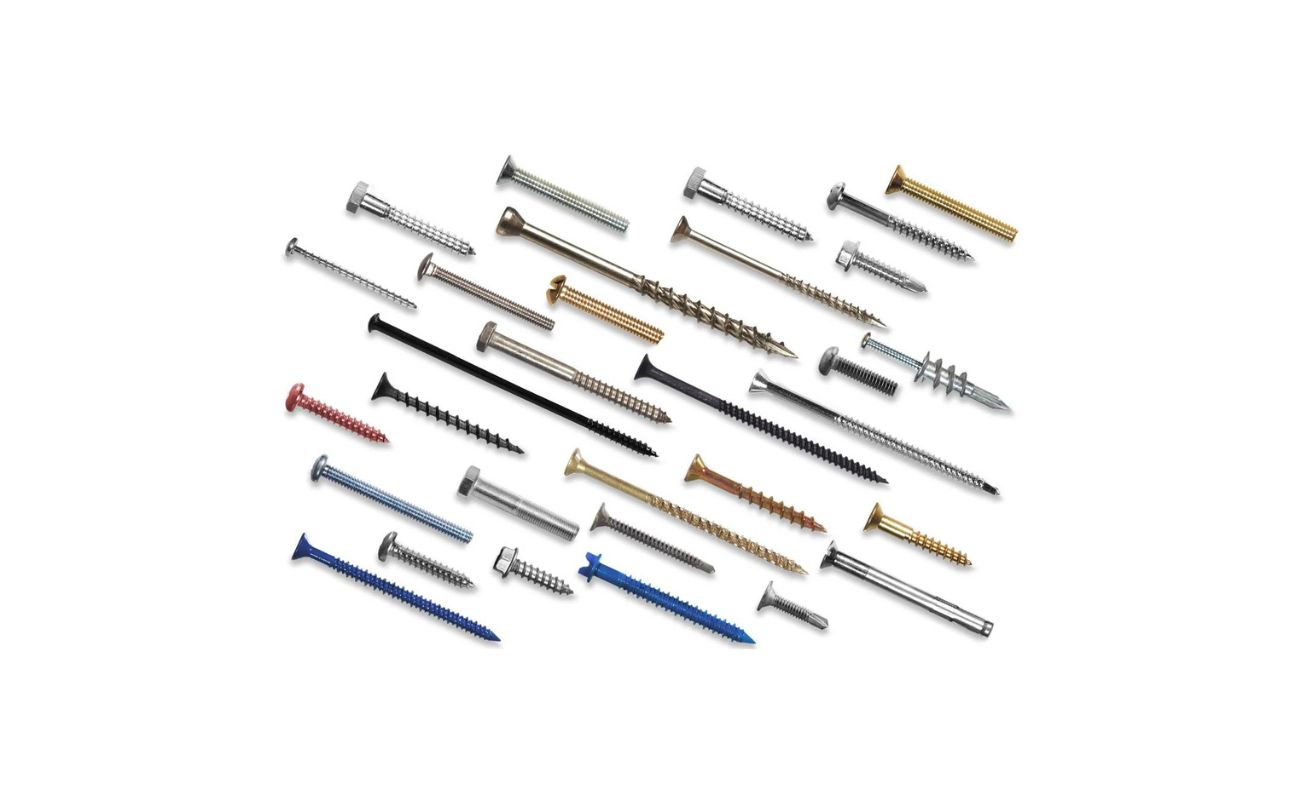

Tools & Equipment
How To Screw In A Screw Without A Screwdriver
Published: December 19, 2023
Learn how to screw in a screw without a screwdriver using alternative tools and equipment. Save time and effort with our helpful guide.
(Many of the links in this article redirect to a specific reviewed product. Your purchase of these products through affiliate links helps to generate commission for Storables.com, at no extra cost. Learn more)
Introduction
There’s nothing more frustrating than needing to screw in a screw and realizing you don’t have a screwdriver on hand. It can be a common occurrence, especially when you least expect it. But fear not! In this article, we’ll explore some clever methods and creative solutions to help you successfully screw in a screw without a screwdriver.
While having a screwdriver is undoubtedly the most efficient and easiest way to tackle this task, situations may arise where a screwdriver is not accessible. Whether you’re out in the wilderness, on a camping trip, or simply misplaced your trusty tool, these alternative methods will come to your rescue.
So, let’s dive in and discover how you can still accomplish your screwing task without a screwdriver in sight!
Key Takeaways:
- Don’t fret if you’re without a screwdriver! From using household items like coins and pliers to getting creative with hot glue and power drills, there are numerous ways to screw in a screw without a traditional screwdriver.
- When in a pinch, your hands can be your best tool. With a little creativity and resourcefulness, you can tackle screwing tasks even without a screwdriver. From makeshift screwdrivers to using your bare hands, there’s always a way to get the job done!
Method 1: Using Alternative Tools
When you find yourself without a screwdriver, don’t panic. Look around for any available alternative tools that can serve the purpose. Here are a few common household items that can come in handy:
- Butter Knife or Flathead Screwdriver: If you have a butter knife or any other flat, sturdy object with a thin edge, you can use it as a makeshift screwdriver. Simply align the edge of the knife or the flathead screwdriver with the grooves of the screw and apply pressure gently. Rotate the knife or screwdriver in a clockwise direction, providing enough force to turn the screw.
- Coins: Coins can be surprisingly useful in a pinch. Look for a coin that fits into the groove of the screw head. Press the coin into the groove firmly and apply rotational force to turn the screw. This method works best with larger screws and tighter tolerances.
- Pliers or Adjustable Wrench: If you have pliers or an adjustable wrench, you can use them to grip and turn the screw. Position the tool’s jaws around the screw head and rotate in a clockwise direction. Be cautious when using pliers or an adjustable wrench, as they may strip the screw head if not used carefully.
- Key or Earring: In a pinch, a key or small earring can be used as a temporary screwdriver. Select a key or earring with a flat and narrow end that can fit into the screw grooves. Apply gentle pressure while turning the key or earring to unscrew or screw in the screw.
These alternative tools are not ideal for long-term use or delicate tasks, but they can get the job done in a bind. Exercise caution and ensure proper grip and positioning to avoid accidents or damage to the screw and surrounding surfaces.
Now that we’ve explored the use of alternative tools, let’s move on to an option that requires no additional tools at all – using your hands.
Method 2: Using Your Hands
Believe it or not, you can screw in a screw using nothing but your hands. While this method may require a bit more strength and effort, it can be incredibly useful in situations where tools are unavailable. Here’s how you can do it:
- Grip the Screw: Start by placing your thumb on top of the screw head, applying firm pressure to hold it in place.
- Apply Rotation: Using the thumb as a stabilizer, use your other hand’s fingertips to grip the screw’s thread. Apply rotational force by turning your fingertips in a clockwise direction.
- Keep Steady Pressure: Continue rotating until the screw is fully threaded into the desired surface. Make sure to maintain steady pressure on the screw to prevent it from slipping or becoming misaligned.
- Additional Tips: If the screw is particularly tight or difficult to turn, try using a damp cloth or rubber gloves for a better grip. Additionally, if the screw has a slotted head, you can use your fingertips to turn it by inserting them into the slot and applying rotational force.
While this method may take some practice and patience, it is a viable option when you find yourself without any tools. It’s worth noting that this technique works best with smaller screws and those that are not tightly embedded, as larger or stubborn screws may require the use of tools.
Now that you know how to screw in a screw using your hands, let’s explore some creative solutions for situations where alternative tools or even your hands are not suitable.
Use a coin or a flathead knife as a makeshift screwdriver. Place the edge of the coin or knife into the screw head and turn it slowly to screw it in.
Method 3: Creative Solutions
When traditional methods are not feasible, it’s time to get creative. Here are some outside-the-box solutions to help you screw in a screw without a screwdriver:
- Rubber Band: If the screw head is accessible, place a rubber band over it and press it firmly into the head with your thumb. This creates friction and allows you to turn the screw using the rubber band.
- Hot Glue: If you have a hot glue gun available, apply a small amount of hot glue to the screw head. Allow it to cool and harden, then use the hardened glue as a makeshift screwdriver by turning it with your hand.
- Drill Bit: If you have a drill bit set, find a drill bit with a diameter that closely matches the screw head. Insert the drill bit into the screw head and turn it by hand.
- File or Sandpaper: If the screw has a slot or straight groove, you can use a file or sandpaper to create a makeshift screwdriver. Place the file or sandpaper into the slot and apply rotational force to turn the screw.
- Power Drill: If you have a power drill but no screwdriver bit, you can attach a suitable-sized socket wrench attachment to the drill and use it as a makeshift screwdriver.
These creative solutions may not always be the most ideal or efficient, but they can certainly save the day when you’re in a bind. Remember to use caution and adjust your technique based on the specific situation and materials involved.
With these alternative methods and creative solutions in your toolbox, you can confidently tackle screwing tasks even without a screwdriver. Remember to always prioritize safety and exercise caution when using alternative tools or methods.
Next time you find yourself in a situation without a screwdriver, don’t panic. Use these techniques to adapt and overcome the challenge at hand. Happy screwing!
Conclusion
Having a screwdriver is undoubtedly the easiest and most efficient way to screw in a screw. However, there are times when a screwdriver is not readily available, and you need to get the job done using alternative methods. In this article, we explored three different approaches to screw in a screw without a screwdriver.
First, we discussed the use of alternative tools such as a butter knife, coins, pliers, or a key. While these tools may not be perfect replacements for a screwdriver, they can provide a temporary solution in a pinch.
Next, we explored the option of using your hands to screw in a screw. Though it may require more effort and strength, this method can be effective for smaller screws or when no tools are available.
Lastly, we delved into creative solutions, including using a rubber band, hot glue, a drill bit, a file, or even a power drill with a socket wrench attachment. These out-of-the-box techniques may not always be the most practical, but they can come in handy when you’re facing a screwing challenge without proper tools.
Remember, when utilizing these alternative methods, exercise caution and prioritize safety. Be aware of the materials you’re working with and adjust your technique accordingly to avoid accidents or damage.
So, the next time you find yourself without a screwdriver, you can confidently tackle the task with the knowledge and creativity gained from this article. Whether you’re in a pinch, out camping, or simply misplaced your tools, there’s always a solution to screw in a screw without a screwdriver.
Happy screwing, and may your DIY endeavors be successful even in the absence of a traditional screwdriver!
Frequently Asked Questions about How To Screw In A Screw Without A Screwdriver
Was this page helpful?
At Storables.com, we guarantee accurate and reliable information. Our content, validated by Expert Board Contributors, is crafted following stringent Editorial Policies. We're committed to providing you with well-researched, expert-backed insights for all your informational needs.
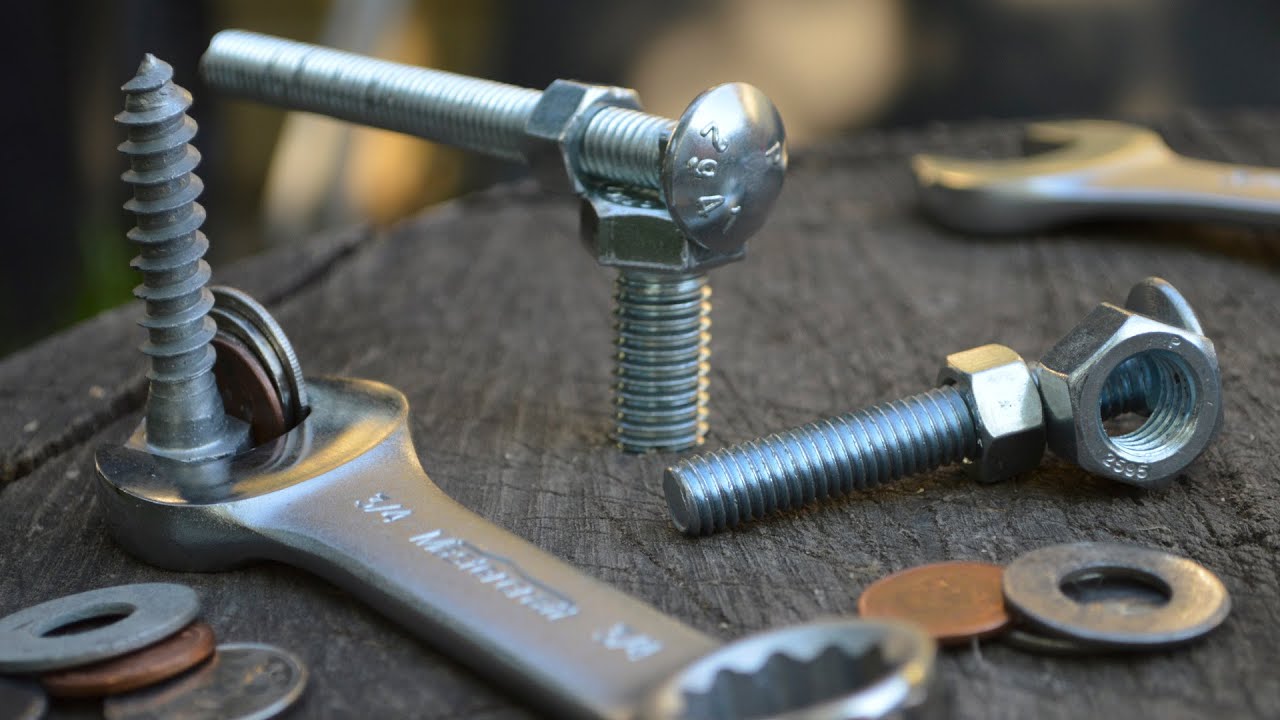
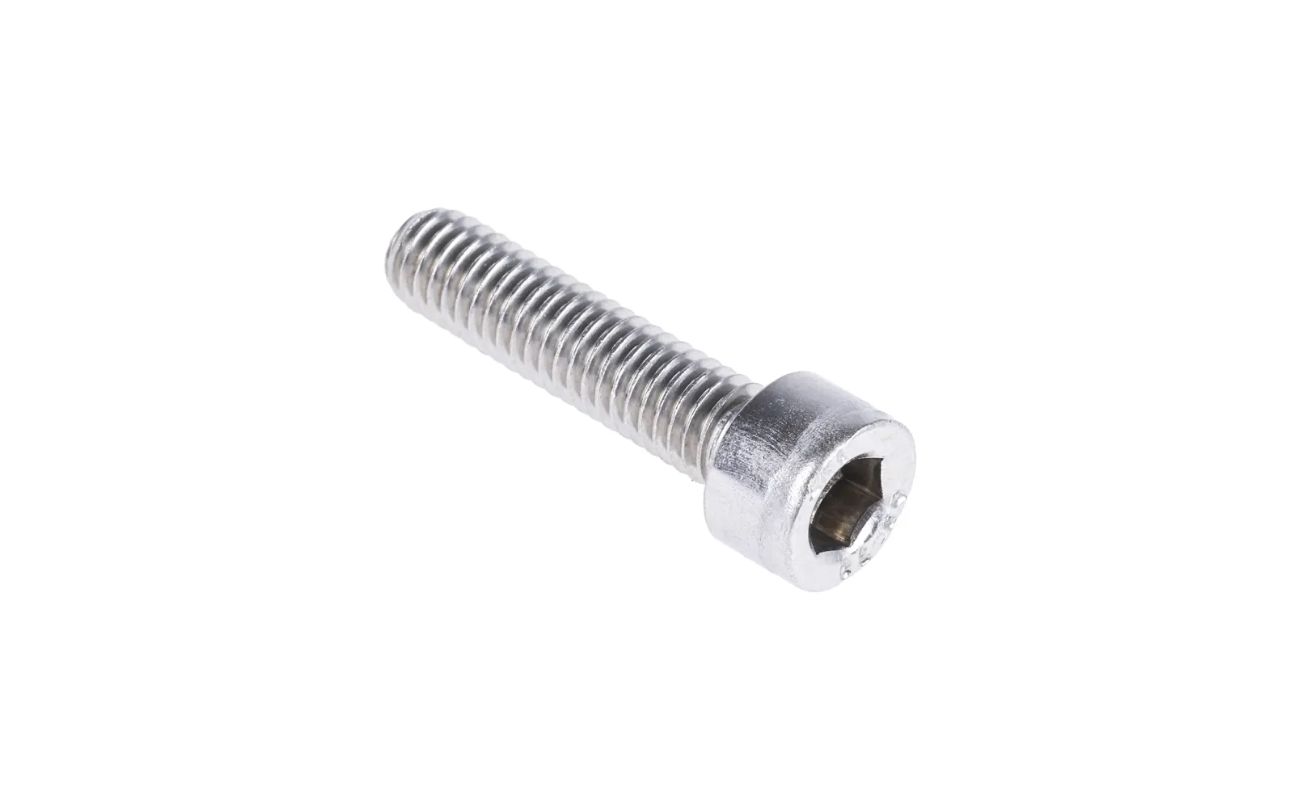
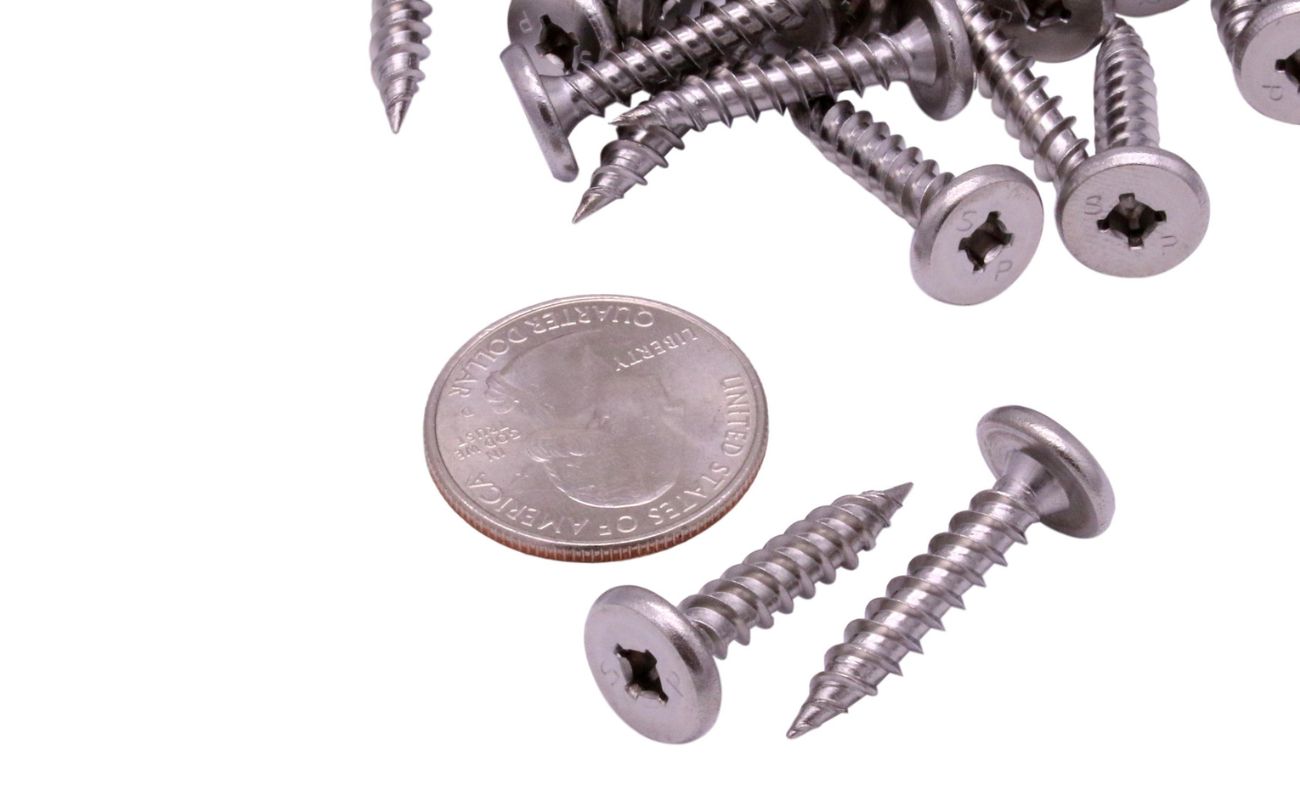
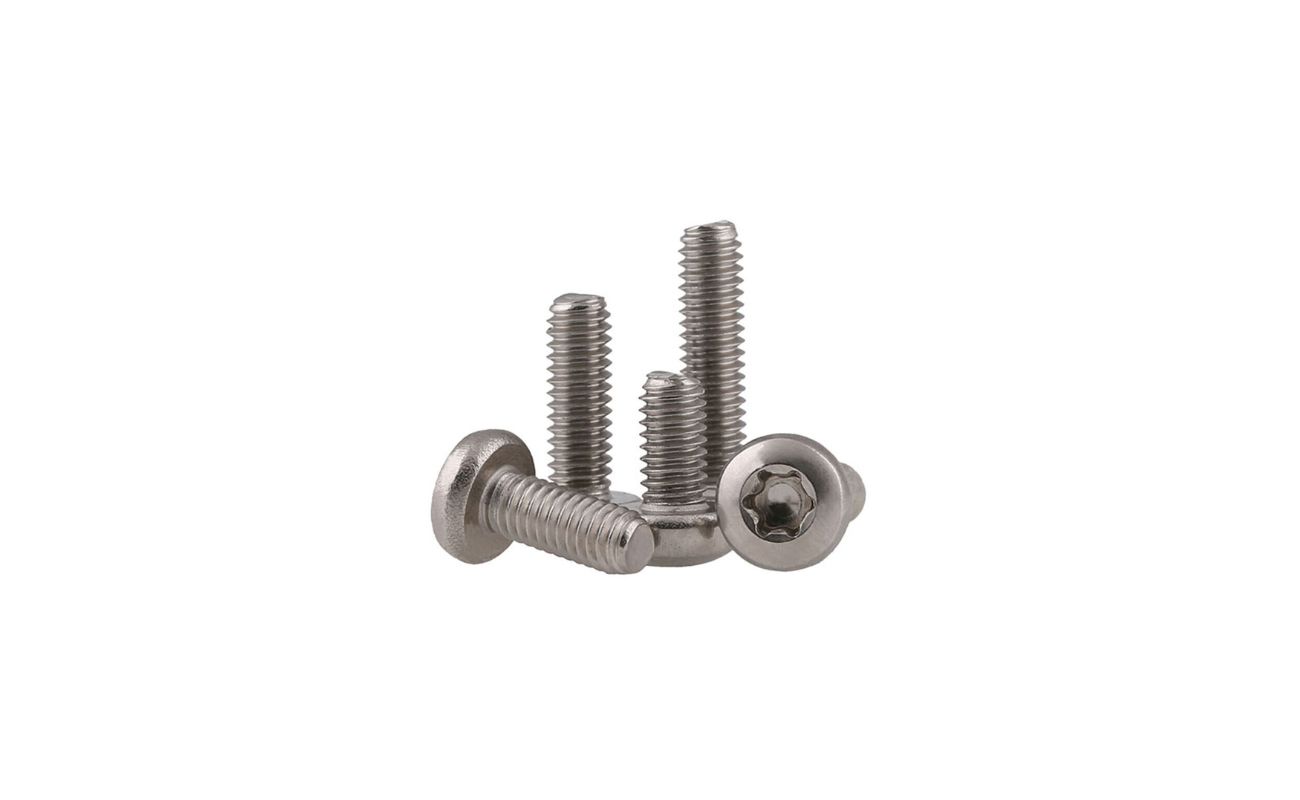
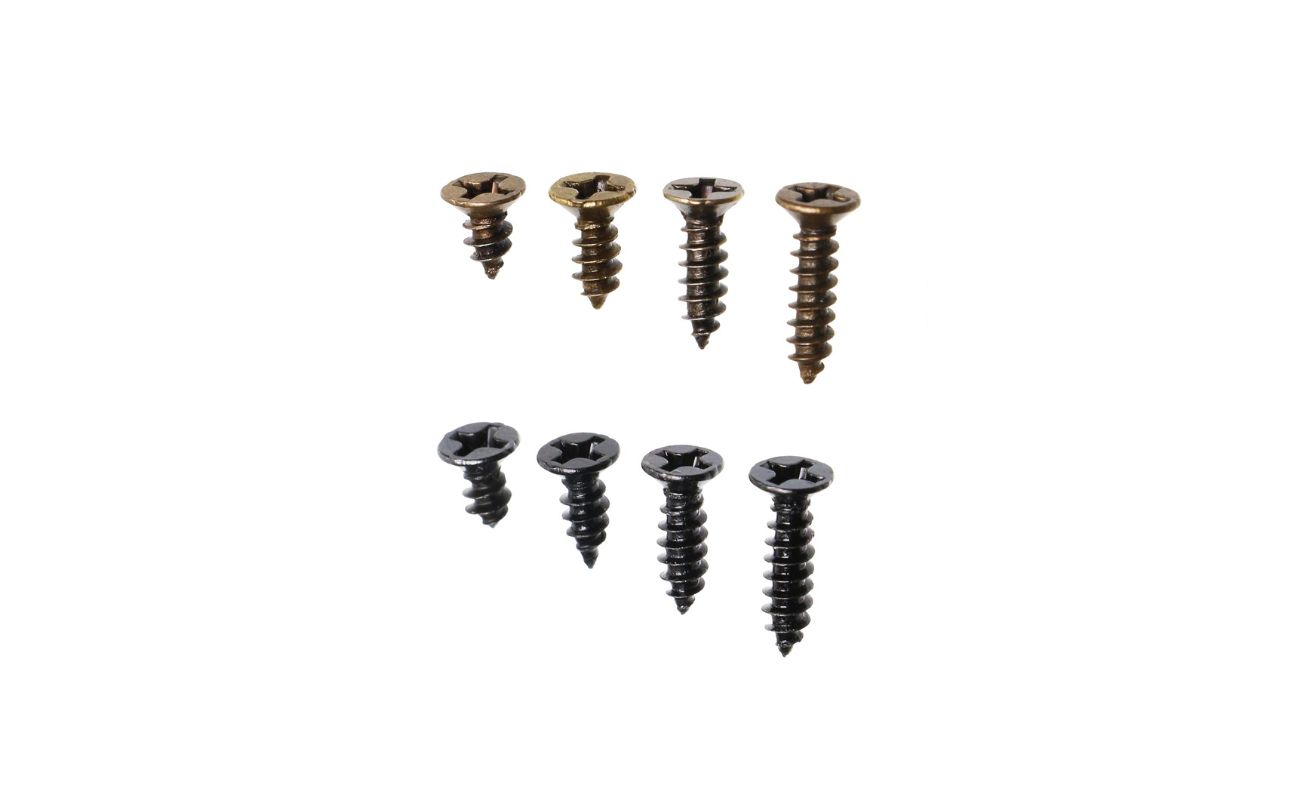
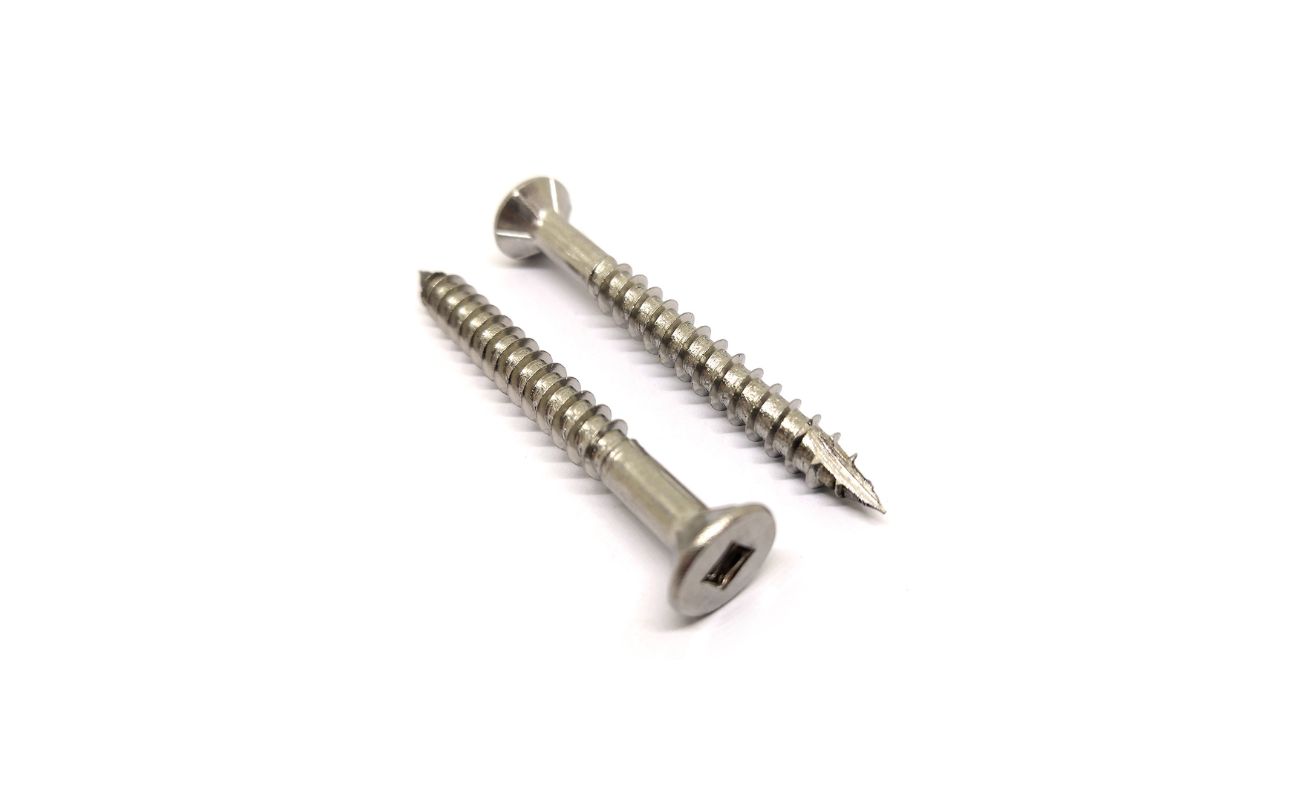
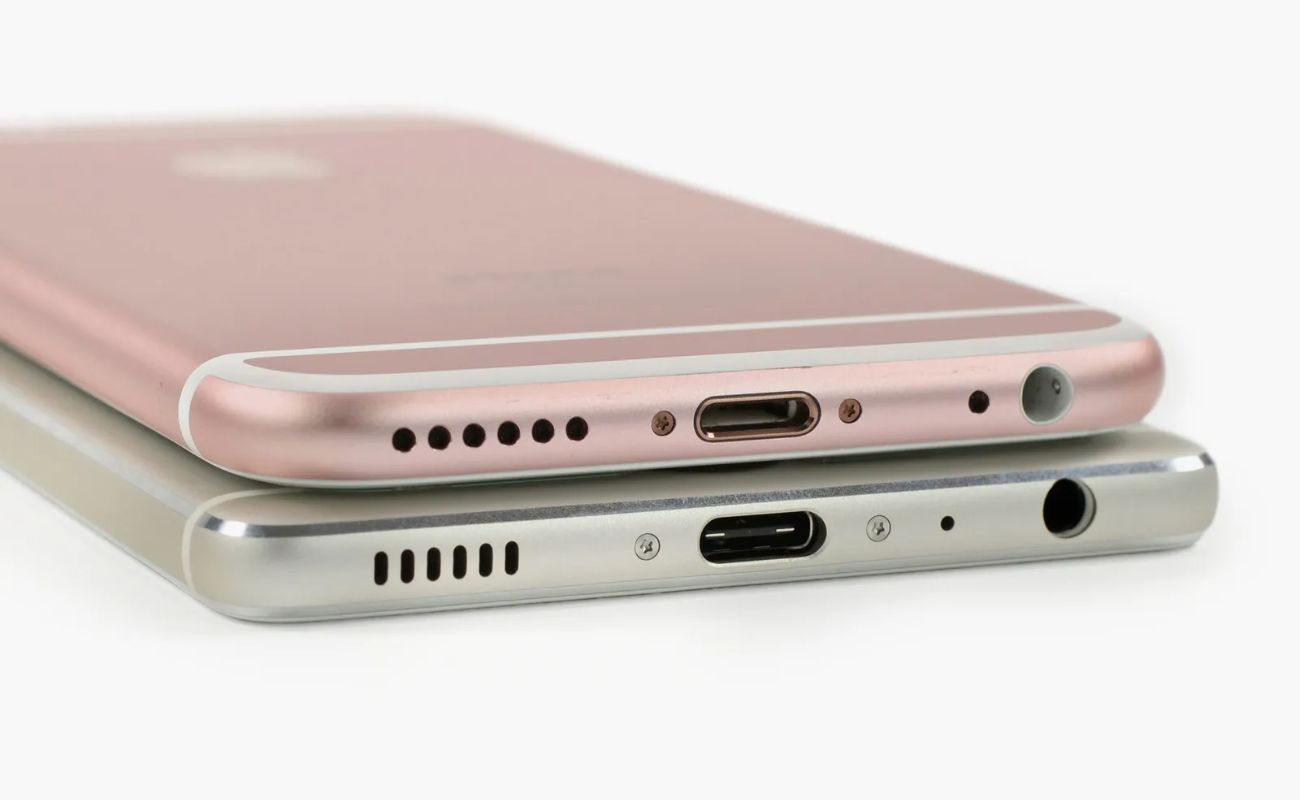
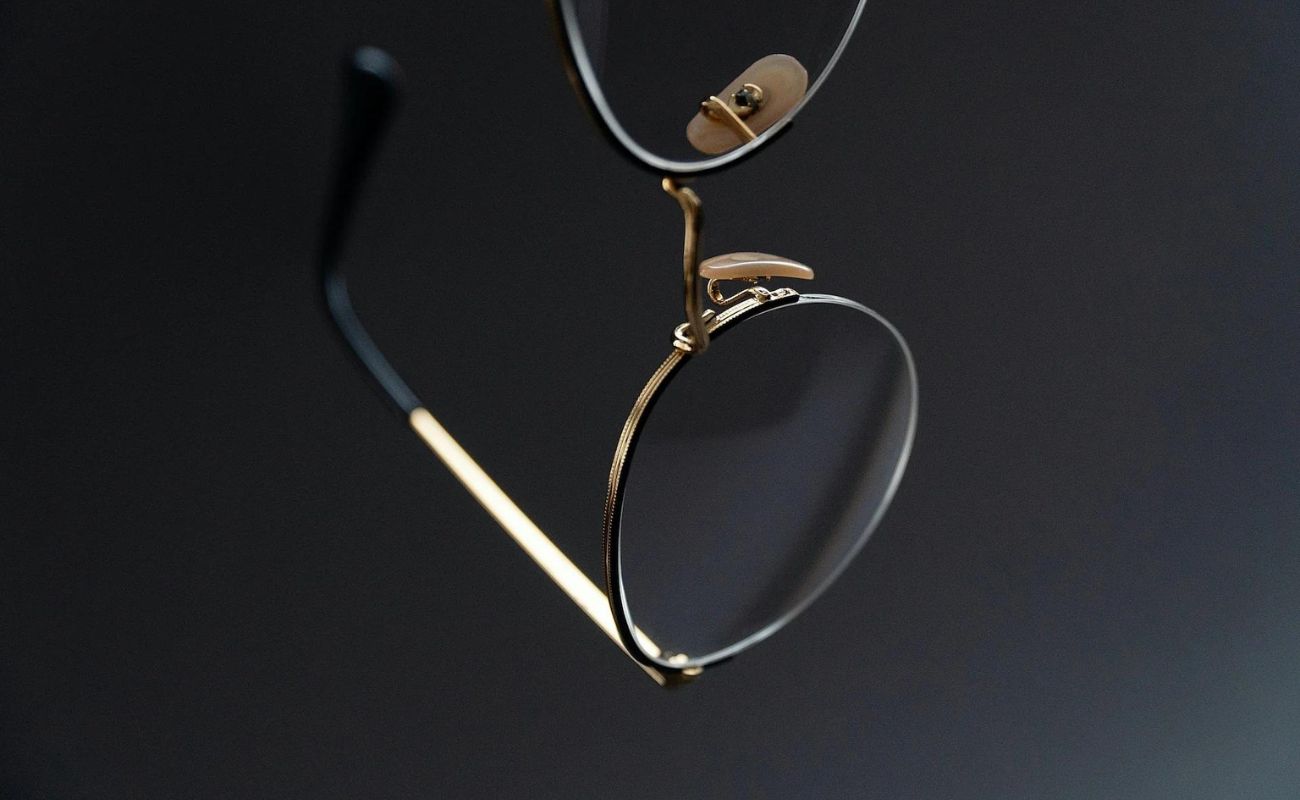
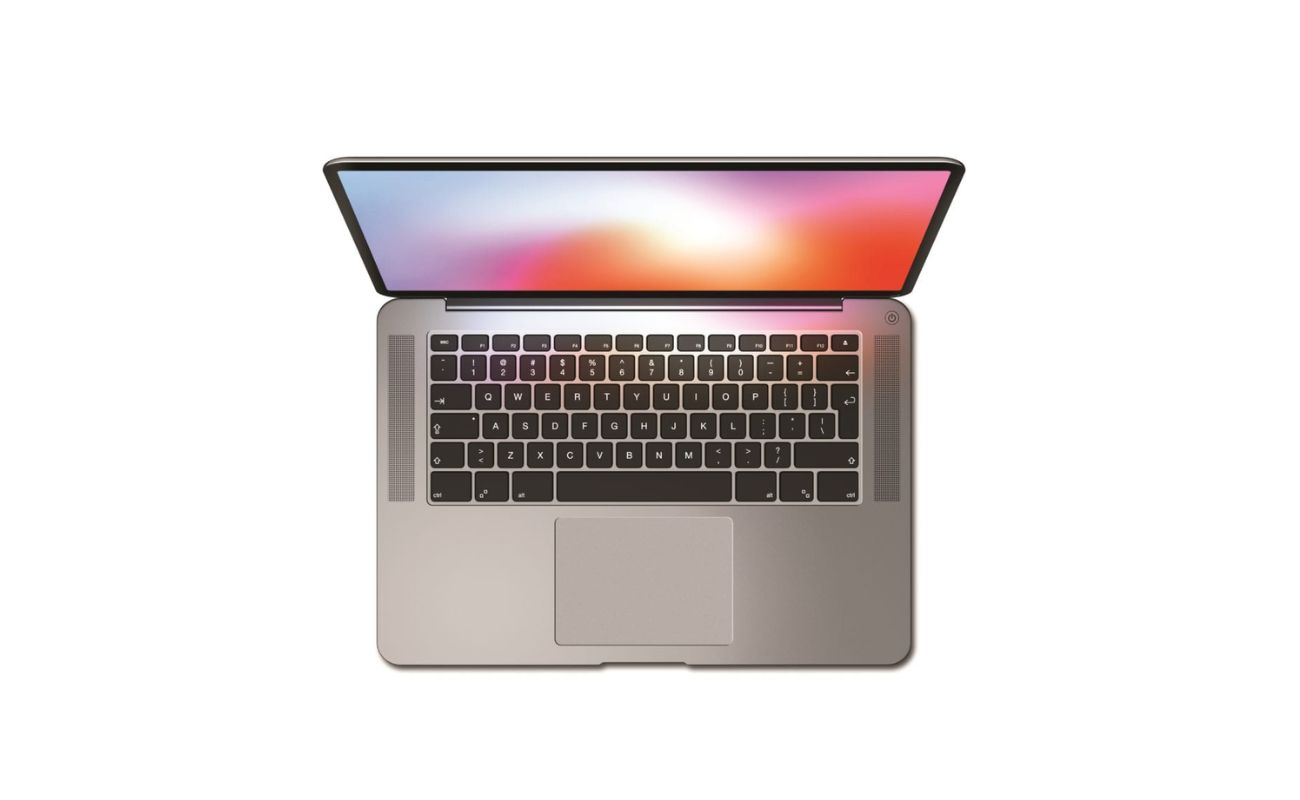
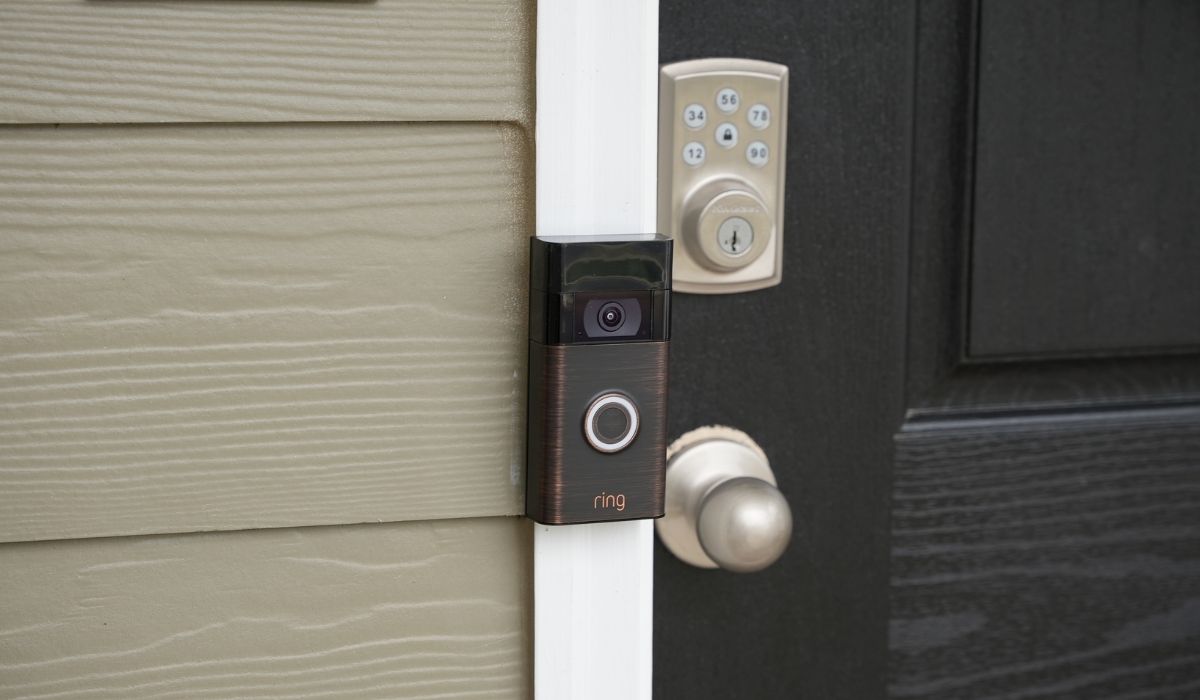
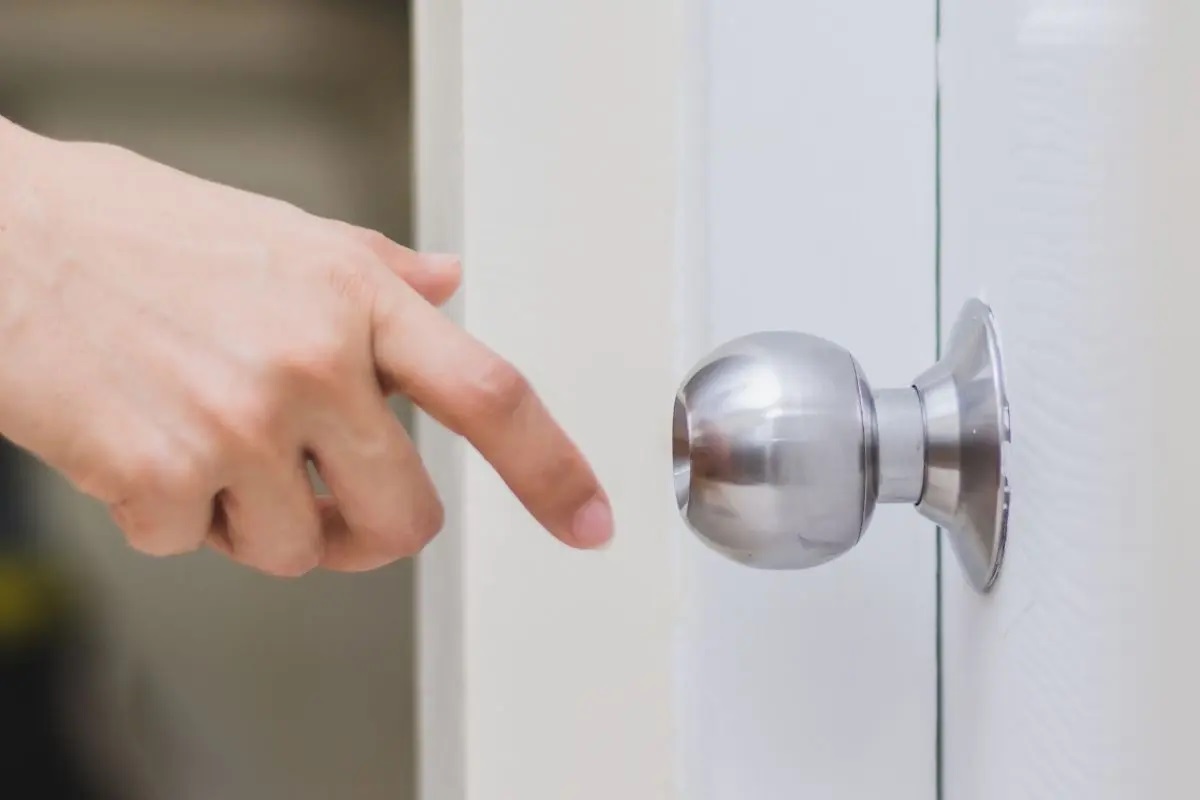
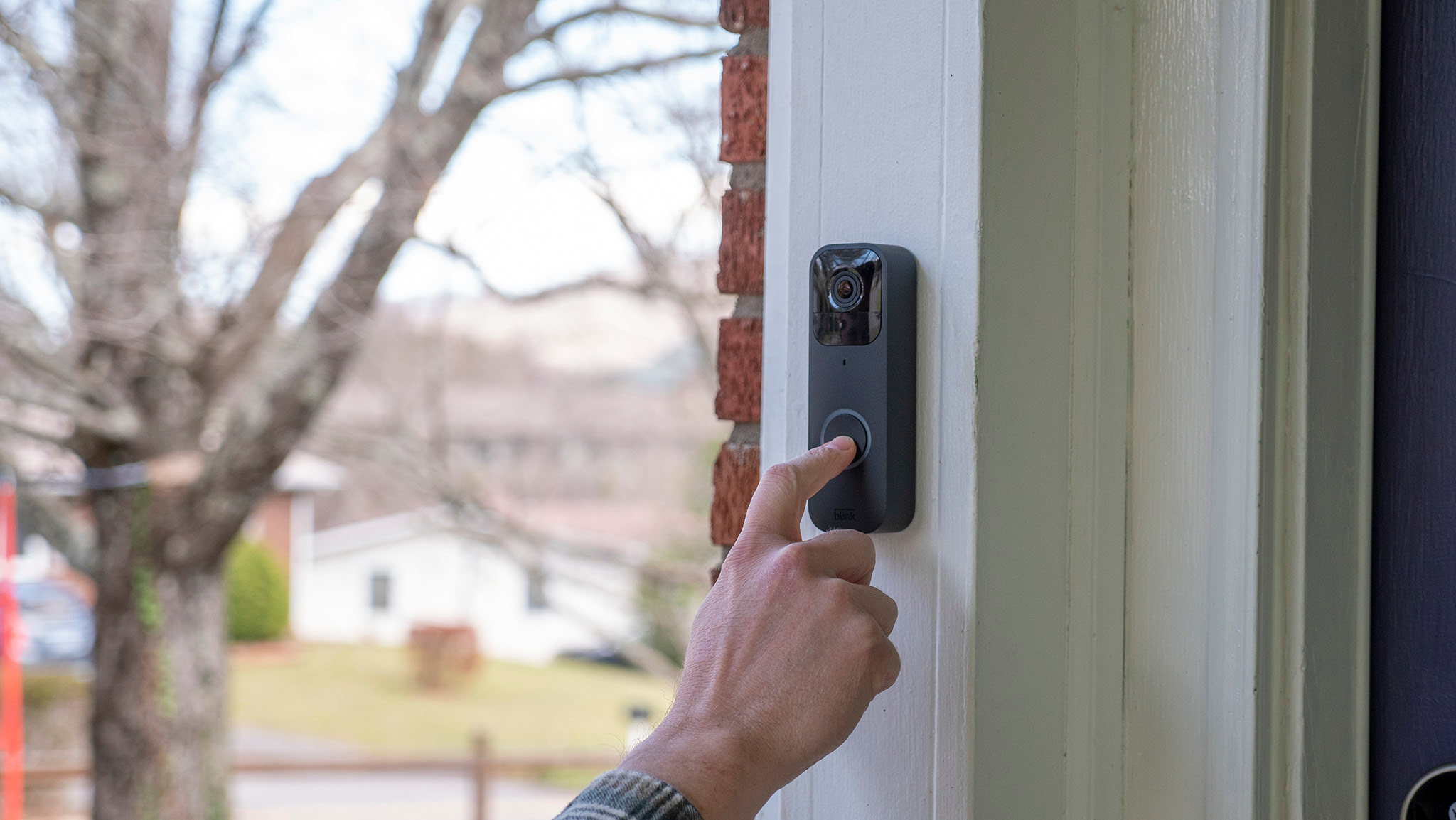
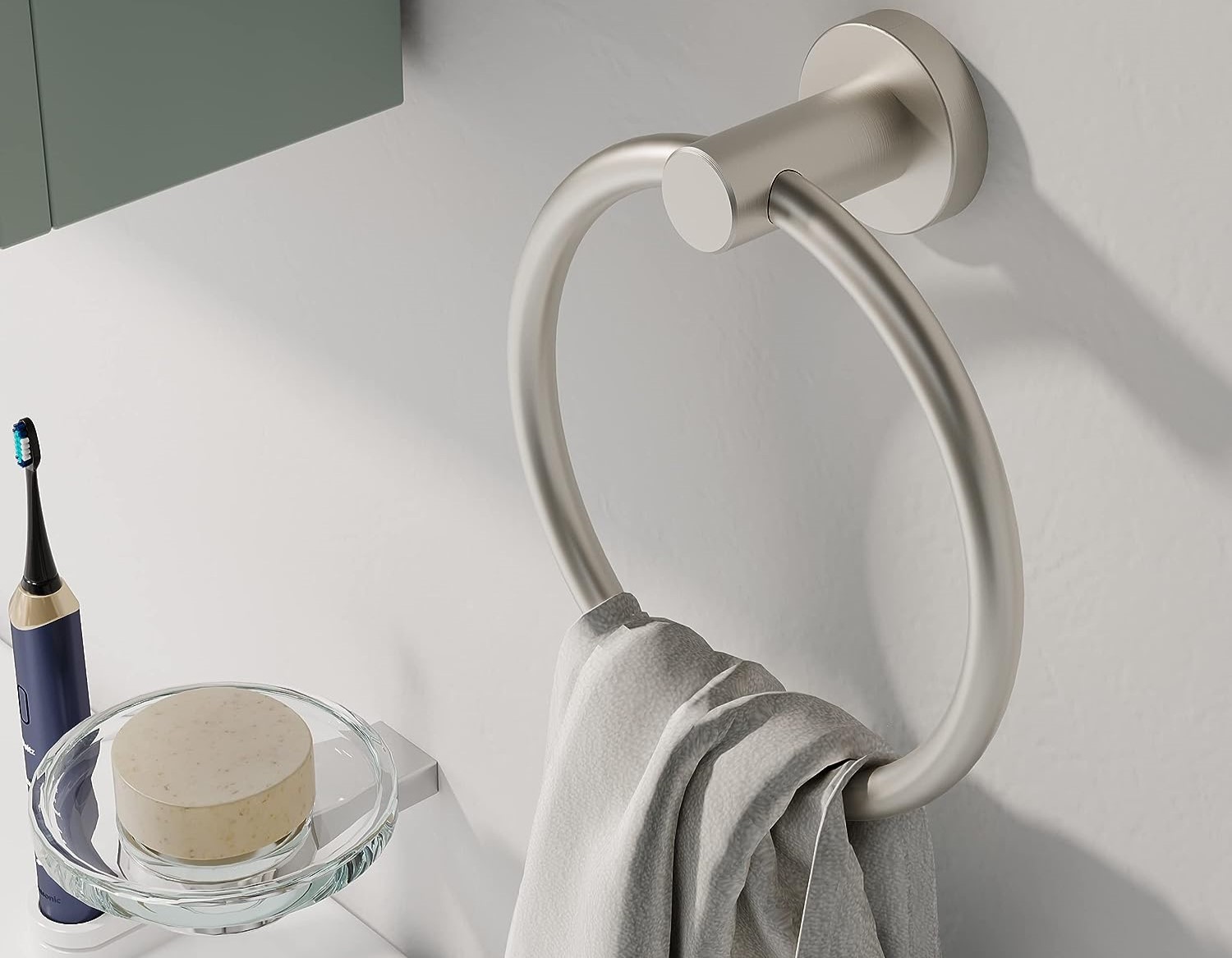
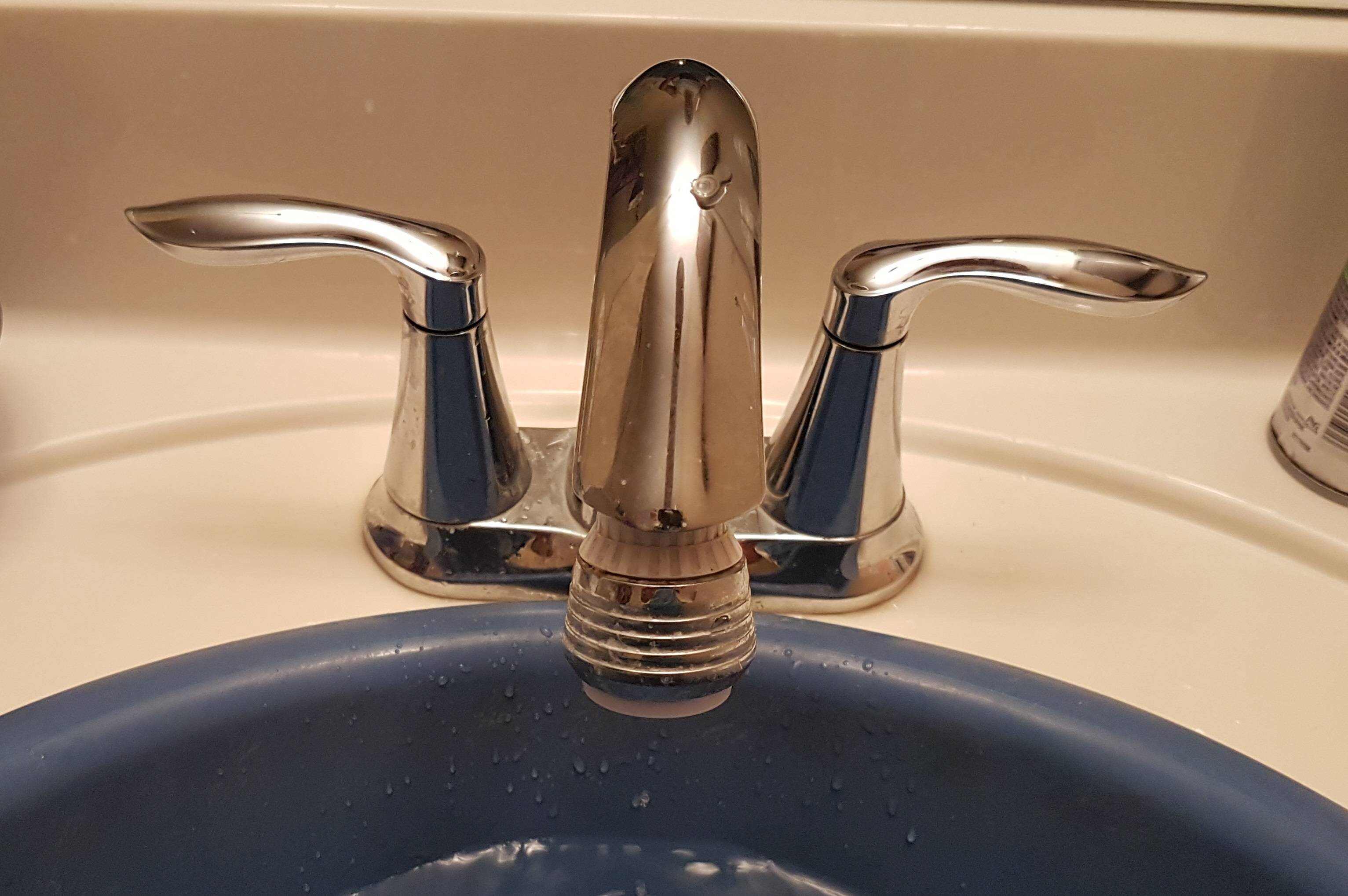
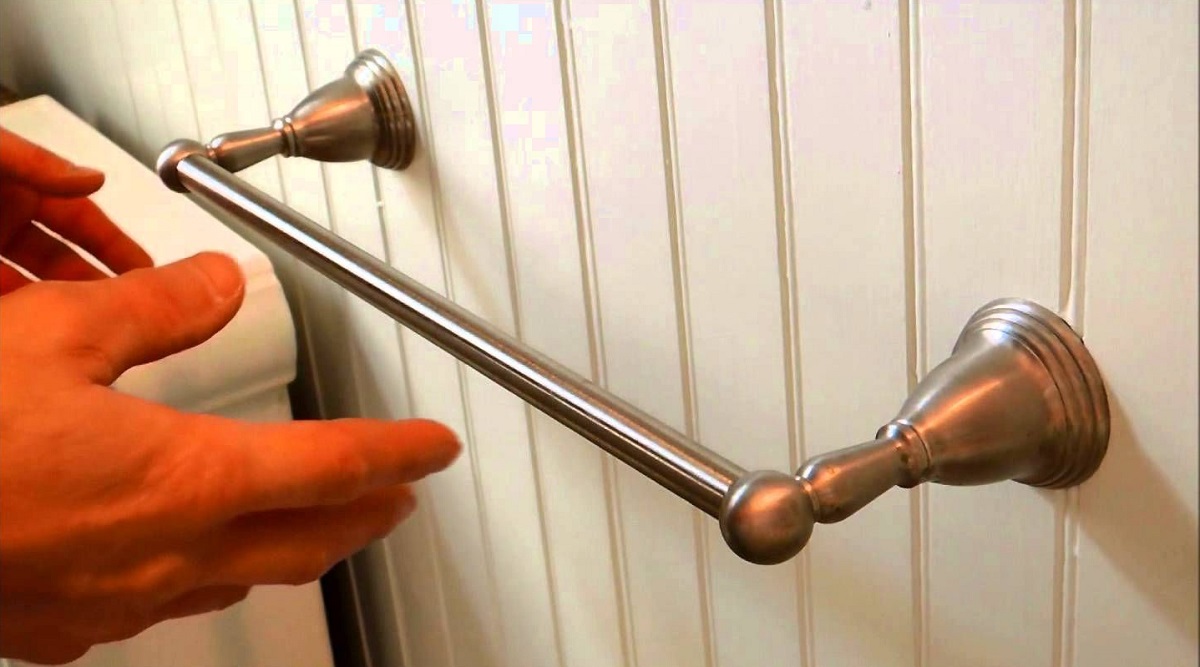

0 thoughts on “How To Screw In A Screw Without A Screwdriver”